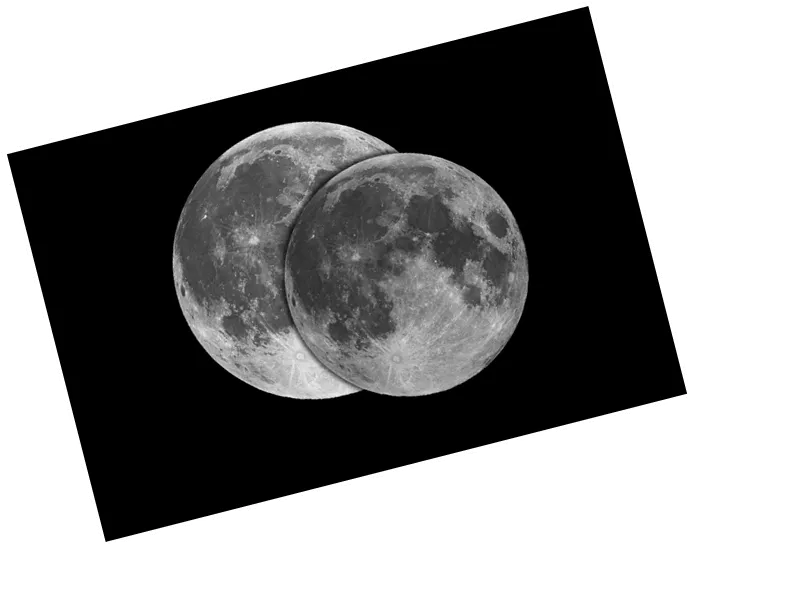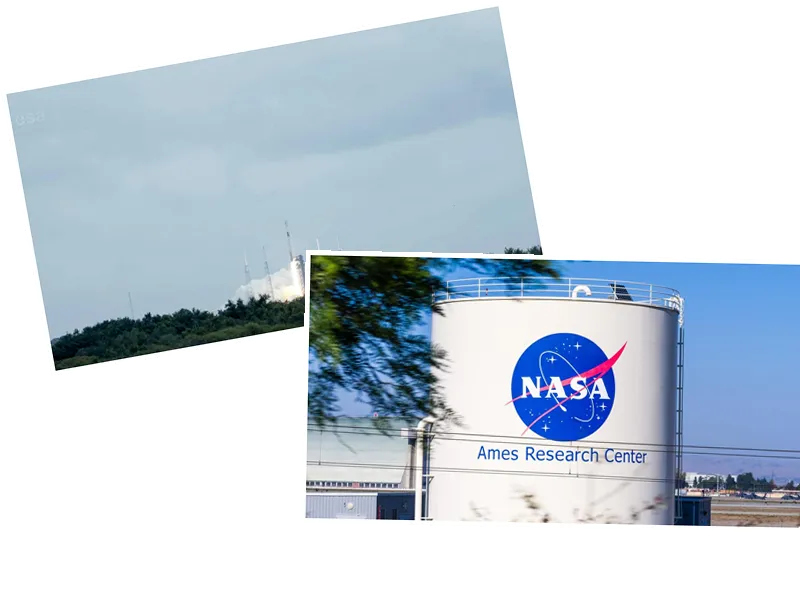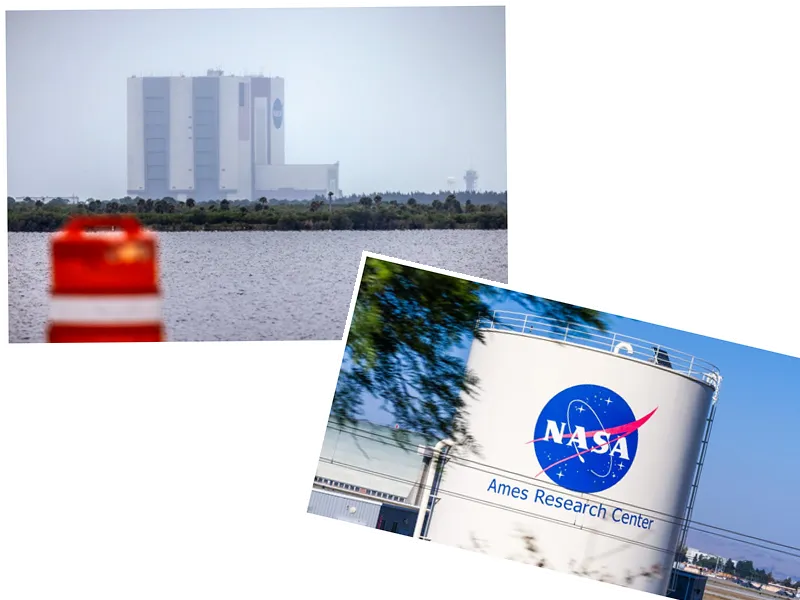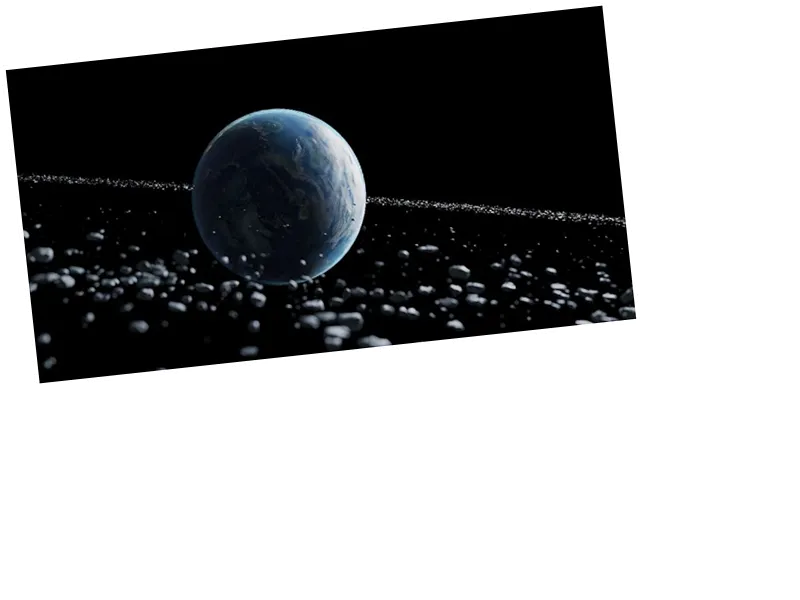Small Asteroid PT5 2024 Set to Orbit Earth Until November 2024
Researchers from the Complutense University of Madrid have made an exciting discovery regarding a small asteroid named 2024 PT5. This celestial body, measuring approximately 11 meters in diameter, is expected to orbit Earth from September 29 to November 25, 2024, before continuing its journey through the solar system. The findings were published in the journal Research Notes of the AAS and highlight the asteroid's unique trajectory.
First detected by the South African Atlas telescope network, which is dedicated to scanning the skies for near-Earth objects, PT5 2024 is gradually approaching the Earth-Moon system. Researchers have calculated its path, noting that it will temporarily be influenced by Earth's gravity during its orbit. It is anticipated that the asteroid will make another close pass by Earth on January 9, 2025, at a distance of 1.8 million kilometers, traveling at a speed of 1.03 km/s relative to Earth.
The previous close encounter with 2024 PT5 occurred on February 11, 2003, when it was approximately 8.5 million kilometers away from Earth. This asteroid is classified as a minimoon, a term used for small celestial bodies that are briefly captured by Earth's gravitational field before escaping back into space or potentially colliding with our planet.
Minimoons like PT5 2024 are significantly smaller than the natural moon, often ranging from a few meters to tens of meters in diameter. They typically remain in orbit for several months to years, providing scientists with valuable opportunities to study near-Earth objects. Notable examples of minimoon occurrences include 2006 RH 120 and 2020 CD3, which orbited Earth for extended periods.
Although the asteroid PT5 2024 may not be visible to the naked eye—its brightness is measured at 27.593, far dimmer than the faintest visible objects—its presence in our vicinity offers a chance for scientific exploration. As interest in asteroid mining and resource exploitation grows, studying such small moons could pave the way for future space missions and enhance our understanding of the early solar system.






